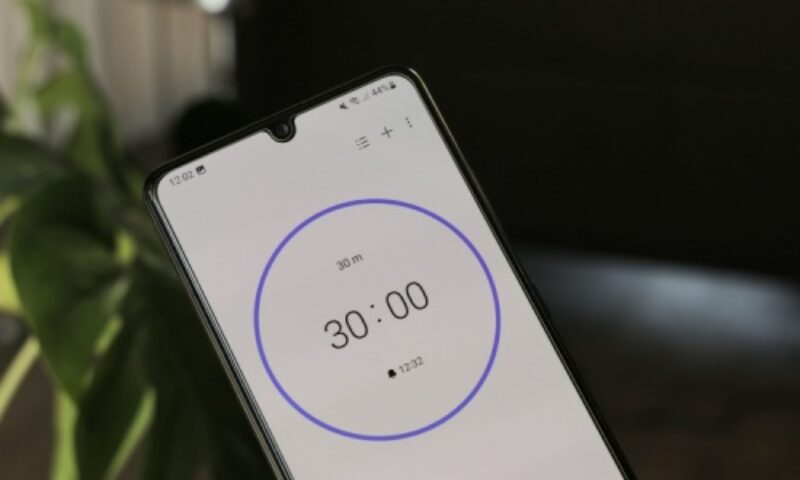What does your to-do list look like? The chances are it has everything from your food shopping and household chores through to learning a language and painting your spare bedroom.
And when you’ve written down absolutely everything that you need and want to do, it can look so overwhelming that you simply don’t do any of it.
While some people choose to allocate time off to tackle their to-do list, that can be at the expense of more fun things, like holidays and day trips.
What’s the answer? Welcome to the “power half hour”: setting yourself a simple task to do in a manageable, short space of time that won’t be exhausting or overwhelming.
Nobody is claiming that you’ll learn a whole language or declutter your house in half an hour. But if you can break your jobs down into smaller, much more manageable tasks, you’re far more likely to get through your list.
Read on to find out more about how the power half hour could transform your productivity.
Getting things done motivates you to complete even more tasks
Sometimes, the overwhelm of the amount you have to do makes your list feel insurmountable. But when you do just one half-hour task, you’ll immediately feel a sense of accomplishment.
And once you get started, it’s an incredibly powerful motivator to continue. Even if your list looks longer, you’ll have the satisfaction of crossing tasks off it at a regular pace, boosting your morale and encouraging you to keep going.
In fact, in October 2024 Inc. cited research that psychologically and biologically, shorter bursts of work are the most productive. Whereas, endlessly pursuing an unattainable goal will simply make you stressed and unhappy.
Planning your power half hour is the key to increasing productivity
While tackling your to-do list might not be your favourite activity, the art of the power half hour does rely on some structured planning. Whether you prefer pen and paper or a planning app is up to you.
Look at what you want to achieve that week or day, and anything that might stand in the way, such as if you know you’ll be working late one evening.
Then, you can break these tasks down into half-hour activities such as:
- Doing a workout
- Clearing out your freezer
- Cleaning out one drawer or cupboard
- A deep clean in one targeted area, such as your kitchen or bathroom
- Sorting through your purse, getting rid of old receipts, leaflets, and the like
- Tackling one task in the garden
- Having a bath (your list doesn’t need to be all chores!)
- Tidying up floors and surfaces (as a tip here, you can just whizz round with a box or basket and throw everything in, to be put back in its place as you go).
You’ll notice that some of these suggestions include exercise and relaxation – there’s no point racing about doing jobs all the time without building in priority time for yourself, so remember this is just as valid a half hour as any other.
Make each half hour really count with a timer, entertainment, and a comprehensive list
There are a few other things to consider to really get the best out of each 30-minute burst. Here are four things to think about.
1. Be strict with your timings
It could be tempting to just go over the half hour by a few minutes here or there. But, while the odd occasion won’t hurt, the whole point is to stick with 30 minutes.
You can even divide your half hour into chunks, such as 15 minutes to unload a drawer and 15 minutes to repack it. Or 10 minutes on three elements of the task.
Set a timer for each chunk, so you keep on schedule.
2. Add some entertainment
If you have headphones or a speaker, you can make a special 30-minute playlist, or find some half-hour podcasts. A little entertainment will make the time whizz by.
3. Celebrate the small wins
As well as having a to-do list, you could have a “done” list, or another way of celebrating and recognising what you’ve achieved. This can break up the constant cycle of busyness, and help you reflect on how much you’ve managed in bite-sized chunks.
4. Include your finances
Your finances can also fall into your 30-minute productivity cycle. Whether that’s setting a weekly budget, reviewing your accounts, or paying off bills and credit cards, making them part of the plan helps ensure nothing gets missed.
Your half hour could also include scheduling your reviews with your financial planner, to make sure you’re on top of your financial plan and checking in regularly.
Get in touch
Proactively planning all areas of your life, including your finances, can help you feel much more in control. Talk to us about developing, reviewing, or updating your financial plan.
Please note:
This blog is for general information only and does not constitute financial advice, which should be based on your individual circumstances. The information is aimed at retail clients only.

